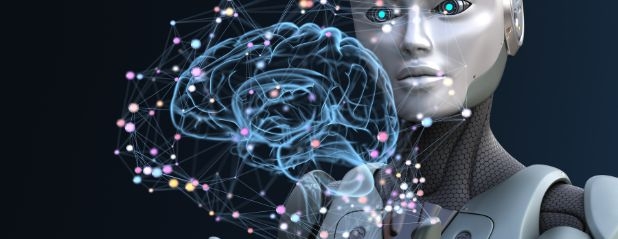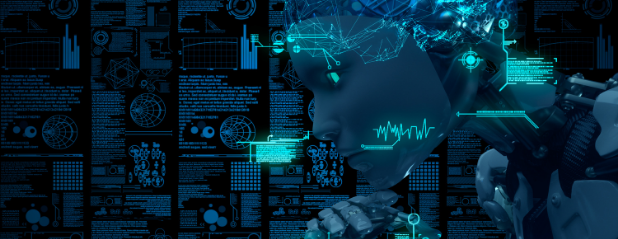What are the 4 types of Artificial Intelligence (AI)?

The market size of AI is gaining momentum, and Gartner predicts AI software will reach £50 billion in 2022 alone, an increase of 21.3% from 2021. There are four main types of AI, currently, two of them are being widely used today whilst the others are still being researched and developed, existing only in theory. Let’s take a look at the four types of artificial intelligence.
1. Reactive Machines
Reactive Machines are the original form of AI and the most basic form of AI. They imitate humans' capacity to respond to various situations. Capabilities are restricted since the machines lack memory-based intelligence and are unable to "learn" from previous experiences and make better decisions. The machines are given certain tasks and are limited to those responsibilities. Because reactive machines do not interact with the outside world, they respond to similar events, in the same way, every time.
Examples of reactive machines include:
- Netflix recommended viewing settings
- Computer chess simulation
- Spam filter on emails
2. Limited Memory
Unlike reactive machines, limited memory machines can store previous data and predictions to make smarter decisions, it is considered one of the most popular kinds of AI used today. Limited memory machines only have a temporary memory. They can retain data for a brief period of time, they cannot add it to their existing experiences.
Limited memory AI works in two ways:
- A team continuously trains a model on new data.
- The models are automatically trained and renewed upon model performance.
Examples of limited memory machines include:
- Self-driving cars can detect the speed of cars around them, and the distance between vehicles to help navigate the road.
- Image recognition software when you are automatically detected in photos.
Click here to read about AI in the automotive industry
3. Theory of Mind (ToM)
While the Theory of Mind AI is still in its initial stages of development, we already know what will set it apart from other AI branches. The goal of ToM AI is to create a machine that is able to interact and respond to human emotions, needs, and beliefs. Currently, machine learning models can complete tasks through humans asking directly. Some predicted features of ToM AI include:
- A robot will be able to explain the reason behind their actions and communicate their actions in human language.
- They will be able to understand the consequences of their actions.
- The ability to answer ‘what if’ questions about potential actions from the entities around them.
- The ability to interact with entities around them from visible cues.
One example of how researchers and developers are looking into ToM AI is again through self-driving cars. For example, a car may be able to detect when the driver is tired when giving voice commands, it can then make appropriate suggestions of what actions should be taken.
4. Self-Aware
Finally, self-aware AI or artificial consciousness (AC) relates to robots with the ability to think independently. Self-aware AI will mean machines are aware of their own internal states and sense the emotions, behaviours, and intelligence of others. This AI has not been created yet, but if it does, we will undoubtedly see a robot with human-level consciousness and intellect.
With artificial intelligence rapidly developing and becoming central to digital transformation within companies, showing your willingness to learn AI will highlight your desire to make a difference, and progress your career, as well as your readiness to master modern technology.
Click here to read how artificial intelligence is being used in businesses

